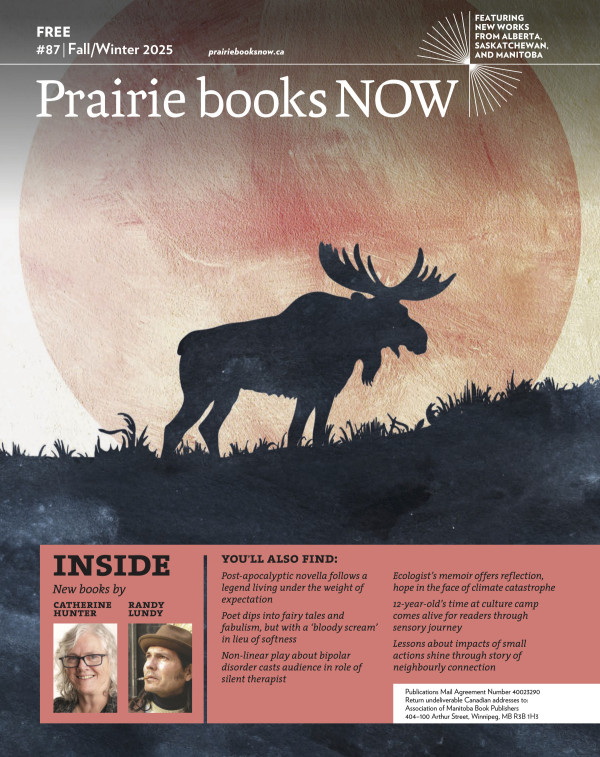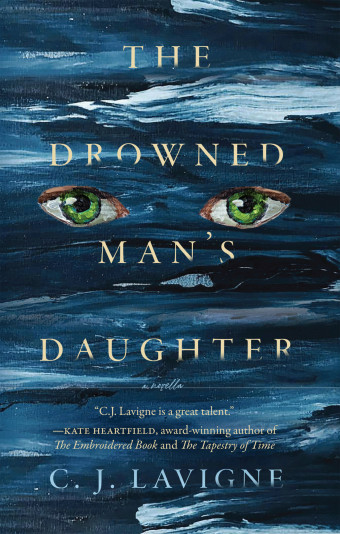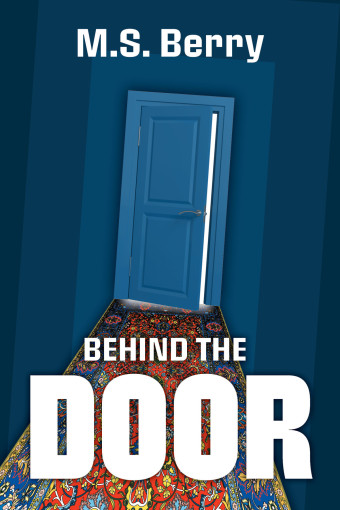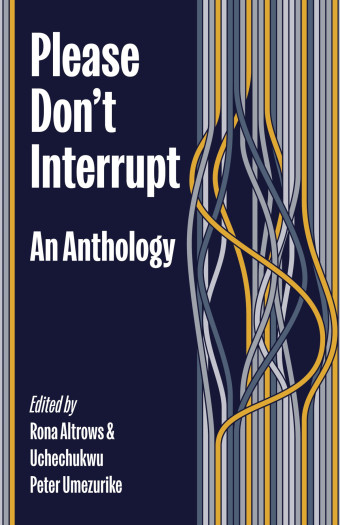Métis novelist, poet, and filmmaker Katherena Vermette’s work shines a light on her hometown of Winnipeg, particularly its North End neighbourhood. Her searing and nuanced portrayals show what the city means to her. But she understands it can hold different meanings for others.

- The Circle
- Katherena Vermette
- Penguin Canada
- $32.00 Hardcover, 272 pages
- ISBN: 978-07-35239-65-4
“Well, the Winnipeg I write about is only my version. Anyone else’s Winnipeg will be and should be completely different. We’re a wild town. It’s a great, beautiful, complicated place that I love deeply. I hope that resonates,” Vermette says.
Winnipeg’s complicated beauty shines through in Vermette’s upcoming publications, each of which represents an ending. The Circle, the third and final in a set of companion novels that includes The Break and The Strangers, concludes the multi-generational saga that explores the impact of an assault on a young Métis girl.
Vermette is also releasing an omnibus edition of her A Girl Called Echo graphic novel series this fall.
Vermette did not set out to write a series when she wrote her first novel. “The Break felt like the tip of a very large iceberg, but knowing nothing about writing a novel, I just thought that’s how a novel felt,” she explains.
“It wasn’t until long after it was published when the characters didn’t seem to leave me alone, that I thought I should try and write the others.”
The Circle and its predecessors explore multi-generational trauma and issues affecting Indigenous Peoples in Winnipeg, including racism, homelessness, incarceration, and violence. But the characters also exhibit strength and resilience. Balancing the light and dark and leaving readers with a sense of hope was essential for Vermette.
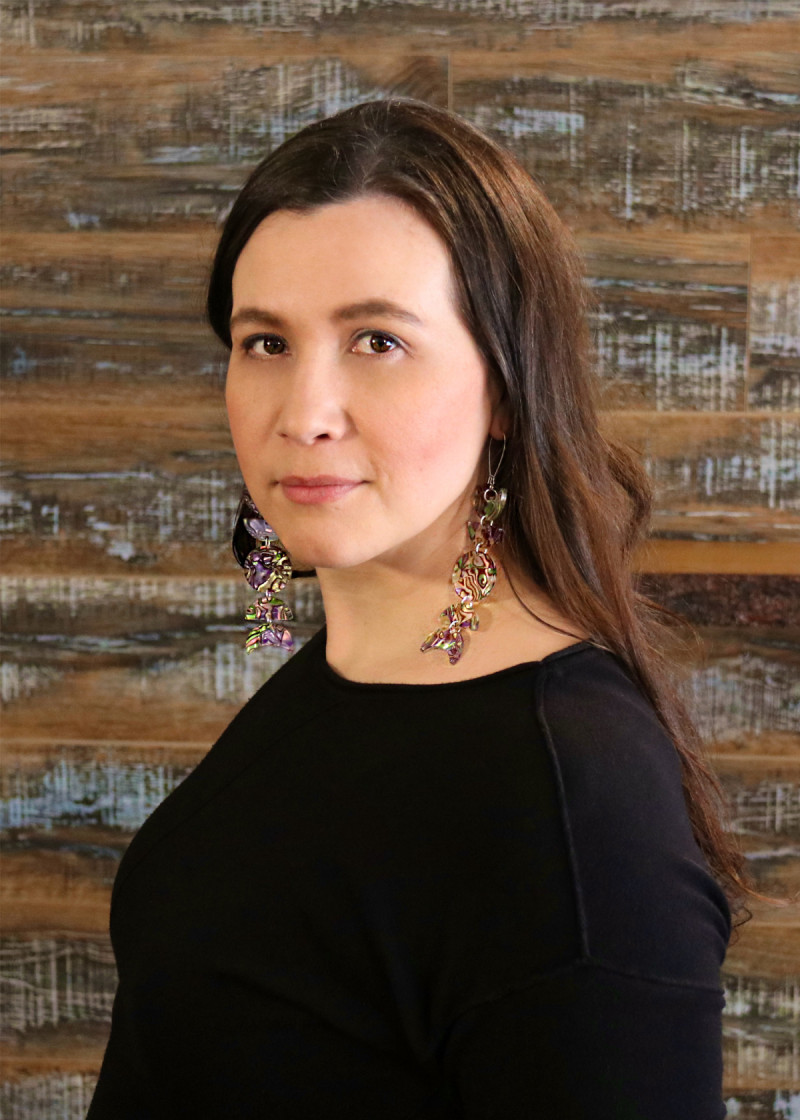
“A long time ago, a storyteller teacher of mine told me that it’s our responsibility, as storytellers, to take people through. We can’t leave people in the darkness – we have to show the way to the other side, the light, if you will,” she explains.
“I take this responsibility very seriously. I choose to write about things that are hard. I do so because they are near and dear to me, and I think they are worthy of literary attention. But I also refuse to stay in the darkness.”
The conclusion of Vermette’s emotional and profound saga in The Circle also means this is the last readers will see of these complex and resilient characters. For now, at least, Vermette has no plans to return to them.
“It feels bittersweet. This is the last note of a very long crescendo, an overarching story, but each novel was its own world, for sure,” she says. “I love interconnected worlds, like those of Richard Van Camp and Louise Erdrich. I love their surprises. So really, you never know. But no plans, no.”

- A Girl Called Echo Omnibus
- Katherena Vermette, Scott B. Henderson (Illustrator)
- Portage & Main Press
- $38.00 Paperback, 224 pages
- ISBN: 978-17-74920-88-6
Vermette’s A Girl Called Echo Omnibus, which brings together all four volumes of her YA graphic novel series, follows Métis teenager Echo Desjardins as she is transported through time to pivotal moments in Métis history. The collection includes bonus materials, such as a new foreword by Dr. Chantal Fiola and an essay by Dr. Brenda Macdougall, and maps, timelines, and biographies. “The history geek fangirl in me is completely satisfied,” Vermette says.
Bringing the series together in one volume was special for Vermette, who says, “It was the ending I didn’t know I wanted. Seeing them all together is very moving for me. There is a lot of love in that collection.”
The Circle and A Girl Called Echo Omnibus see the culmination of two series that have helped to challenge narratives and increase Indigenous representation. While Vermette is proud of this, the author’s ultimate goal is storytelling.
“My focus is story, first, foremost, and last,” says Vermette.
“People are fascinating, majestic beasts forever inspiring and surprising. There are all sorts of stories to tell.”

